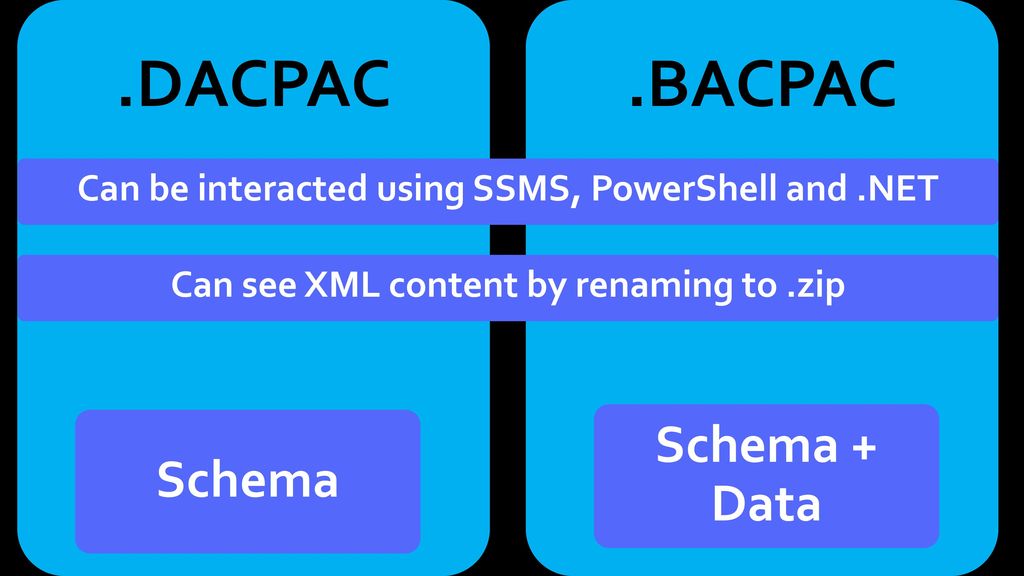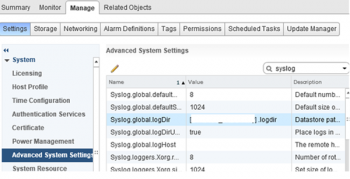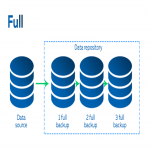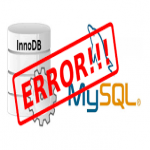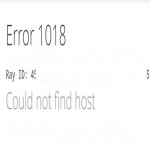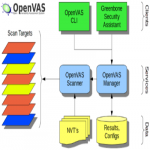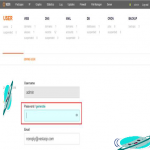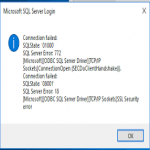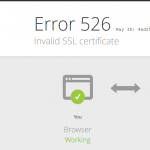Do you need to know the Difference between BACPAC and DACPAC?
Here is the right guide.
A DAC is a logical database management entity that defines all of the SQL Server objects which associates with a user's database.
A BACPAC includes the database schema as well as the data stored in the database.
A bacpac includes the schema and data from the database.
A dacpac containers only the schema and not the data.
Note that the schema really comprises of everything NOT data, for example the actual table definitions of the database, views, stored procedures, functions, and so on.
Here at Ibmi Media, as part of our Server Management Services, we regularly help our Customers to perform SQL database servers related queries.
In this context, we shall look into the difference between BACPAC and DACPAC.
What are Data-tier Applications ?
A data-tier application (DAC) is a logical database management entity that defines all of the SQL Server objects - like tables, views, and instance objects, including logins - associated with a user's database. A DAC is a self-contained unit of SQL Server database deployment that enables data-tier developers and database administrators to package SQL Server objects into a portable artifact called a DAC package, also known as a DACPAC.
A BACPAC is a related artifact that encapsulates the database schema as well as the data stored in the database.
Importance of of Data-tier Applications ?
The lifecycle of most database applications involves developers and DBAs sharing and exchanging scripts and ad hoc integration notes for application update and maintenance activities.
While this is acceptable for a small number of databases, it quickly becomes unscalable once databases grow in number, size, and complexity.
A DAC is a database lifecycle management and productivity tool that enables declarative database development to simplify deployment and management. A developer can author a database in a SQL Server Data Tools database project and then build the database into a DACPAC for handoff to a DBA. The DBA can deploy the DAC using SQL Server Management Studio to a test or production instance of SQL Server or Azure SQL Database. Alternatively, the DBA can use the DACPAC to upgrade a previously deployed database using SQL Server Management Studio. To complete the lifecycle, the DBA can extract the database into a DACPAC and hand it off to a developer to either reflect test or production adjustments, or to enable further database design changes in response to changes in the application.
The advantage of a DAC-driven deployment over a script driven exercise is that the tool helps the DBA with identifying and validating behaviors from different source and target databases. During upgrades, the tool warns the DBA if the upgrade might cause data loss, and also provide an upgrade plan. The DBA can evaluate the plan and then utilize the tool to proceed with the upgrade.
DACs also support versioning to help the developer and the DBA maintain and manage the database lineage through its lifecycle.
More information about BACPAC and DACPAC?
A data-tier application (DAC) is a self-contained unit of SQL Server database deployment that allows packing SQL Server objects into a portable artifact called a DAC package. It is also known as a DACPAC.
BACPAC is simple to export a SQL Server database which will eventually require import to another server or even for longer-term retention. And there are two primary types of export files are BACPAC and DACPAC.
Now we will see the difference between BACPAC and DACPAC.
BACPAC vs DACPAC
1. DACPAC is Data-Tier Application Package.
BACPAC is Backup Package.
2. A BACPAC includes the schema and data from the database. It is mainly Imports from BACPAC to the database and Exports from the database to BACPAC.
DACPAC has only the schema and not the data. The primary use of DACPAC is to move the tested schema from the test environment to the production environment or bringing the production schema back to the test environment.
3. Extension for BACPAC file is .bacpac.
Extension for DACPAC file is .dacpac.
4. DACPAC file supports an open format that has multiple XML sections representing details of the DACPAC origin, the objects in the database, and other characteristics.
BACPAC file format is open that has schema contents. And the schema contents of BACPAC are identical to that of the DACPAC. The data in a BACPAC is stored in JSON format.
5. DACPAC operations include EXTRACT, DEPLOY, REGISTER, UNREGISTER, UPGRADE
BACPAC operations include EXPORT, IMPORT
6. The primary use case for a DACPAC is to deploy a tightly defined schema to development, test, and then to production environments. And also capturing production’s schema and applying it back to test and development environments.
However, the primary use case for a BACPAC is to move a database from one server to another – or to migrate a database from a local server to the cloud – and archiving an existing database in an open format.
[Need urgent assistance with your SQL server? – We can help you. ]
Conclusion
This article covers more information about BACPAC and DACPAC and the difference between BACPAC and DACPAC.
A BACPAC file is a ZIP file with an extension of BACPAC containing the metadata and data from the #database. A BACPAC file can be stored in Azure Blob storage or in local storage in an on-premises location and later imported back into Azure SQL Database, Azure SQL Managed Instance, or a SQL Server instance.
DACPAC = Data Tier AppliCation Package. DACPAC is a single file which contains database model i.e. all files represent database objects. It's a binary representation of database project compatible with SSDT. The name comes from an extension of these files.
Once you extract the contents of the #DACPAC file, you'll see there are four different XML files within it.
These XML files do not contain any data from the database.
The database is scripted out only with the model information.
To import from a #BACPAC file into a new single database using the Azure portal:
1. Open the appropriate server page and then, on the toolbar, select Import database.
2. Select the storage account and the container for the BACPAC file and then select the BACPAC file from which to import.
Data tier controls the servers where the information is stored;
1. It runs a relational database management system on a database server or a mainframe and contains the computer data storage logic.
2. The data tier keeps data independent from application servers or processing logic and improves scalability and performance.
To import a .BAK file into #SQL Server:
1. Open #SSMS and click on Connect.
2. First let us go with Bak File importing.
3. Check the Device Button and Click on it.
4. Click on Add Button, choose the Appropriate bak file and then click on Ok.
This article covers more information about BACPAC and DACPAC and the difference between BACPAC and DACPAC.
A BACPAC file is a ZIP file with an extension of BACPAC containing the metadata and data from the #database. A BACPAC file can be stored in Azure Blob storage or in local storage in an on-premises location and later imported back into Azure SQL Database, Azure SQL Managed Instance, or a SQL Server instance.
DACPAC = Data Tier AppliCation Package. DACPAC is a single file which contains database model i.e. all files represent database objects. It's a binary representation of database project compatible with SSDT. The name comes from an extension of these files.
Once you extract the contents of the #DACPAC file, you'll see there are four different XML files within it.
These XML files do not contain any data from the database.
The database is scripted out only with the model information.
To import from a #BACPAC file into a new single database using the Azure portal:
1. Open the appropriate server page and then, on the toolbar, select Import database.
2. Select the storage account and the container for the BACPAC file and then select the BACPAC file from which to import.
Data tier controls the servers where the information is stored;
1. It runs a relational database management system on a database server or a mainframe and contains the computer data storage logic.
2. The data tier keeps data independent from application servers or processing logic and improves scalability and performance.
To import a .BAK file into #SQL Server:
1. Open #SSMS and click on Connect.
2. First let us go with Bak File importing.
3. Check the Device Button and Click on it.
4. Click on Add Button, choose the Appropriate bak file and then click on Ok.
